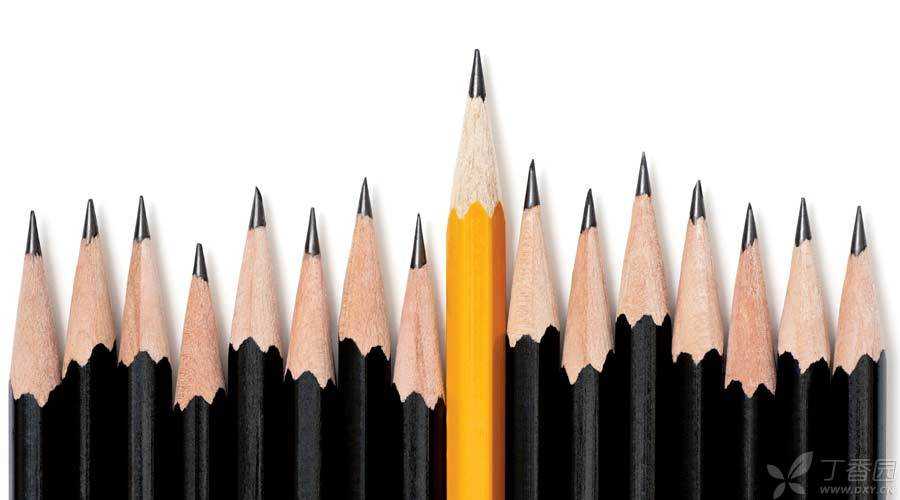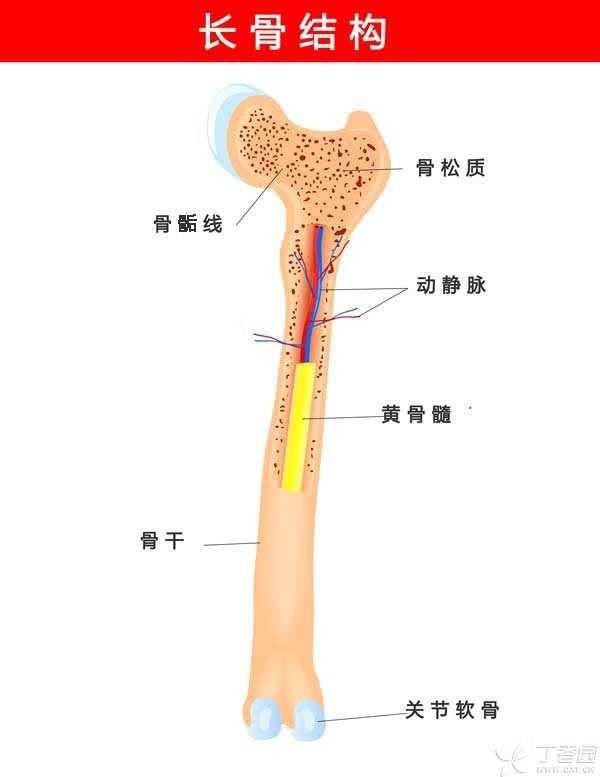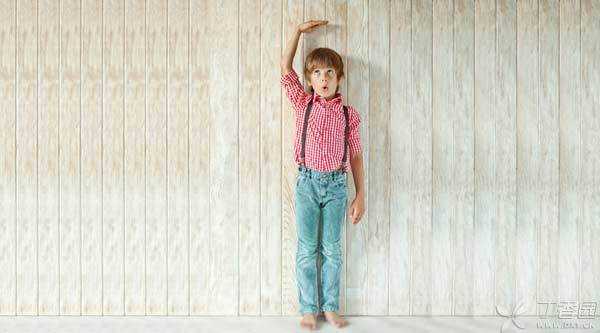
Many people are troubled by the problem of height, and increasing height is a topic of special concern. When I was young, I thought I was not tall enough. I always thought that I would grow taller in two years. When they reach adulthood, TA people feel that height has become their biggest short board. Is it still too late to make up for this [defect]?
Is the height what?
The human body is supported by 206 bones. When we talk about [height], we are actually talking about the combined length of skull, spine and lower limb bones.
The skull is fully developed around the age of 1. It is estimated that no one is willing to make the head grow longer to supplement the height. Therefore, the height mainly depends on the development of the spine and lower limb bones.
The growth cycle of spine is long and slow, while the growth of lower limbs is fast and the growth time is concentrated, which is the most important determinant of height change. [1, 2]
The length of the lower limbs is determined by the [long bones] of the thighs and calves. How do long bones grow?
Long bone is formed by turning cartilage [ossification] into hard bone. Both ends are called [epiphysis] and the long middle section is called [diaphysis]. After birth, only a thin layer of cartilage with proliferative ability is left, which is located between epiphysis and diaphysis and is called [epiphysis plate] or [growth plate].

Can I still grow taller?
Before the long bone matures, the epiphyseal plate continuously grows and ossifies towards the backbone, making the long bone continuously lengthen. After the long bone matures, the epiphyseal plate stops moving and completely ossifies itself, which is called [metaphyseal healing], also known as [epiphyseal closure]. After that, the long bone will no longer grow. [1]
So how do you know if your epiphysis is closed? Just take an ordinary X-ray: the epiphyseal plate before closure is a transparent zone, and the transparent zone disappears after closure and merges with the epiphysis nearby.
The track and potential of growth and development are determined by the genes of both parents. For example, Yao Ming’s children, no matter how weak they are, will not be lower than the average height of ordinary people.
However, the role of acquired factors cannot be ignored.
Intake enough nutrition is the first to bear the brunt. Without sufficient material basis, the human body cannot grow out of thin air. Sufficient sunshine, clean water sources, fresh air living environment and good living habits are important factors to promote growth and development to reach the best state.
On the other hand, some endocrine diseases can cause abnormal hormone levels and lead to bone growth retardation. [4, 6]
Raise as early as possible
There are two peaks in human growth and development: one is in the six months after birth and the other is in the first two years of puberty, which is the best correction period for growth and development.
In a few years of adulthood, the growth of epiphyseal plate slows down and gradually ossifies, and the growth rate of epiphyseal plate decreases and then completely stops. [4]
Congenital deficiency, the day after tomorrow to make up. As adults, we cannot modify our genes or go back to the past. We have to make full use of the years before the epiphysis is completely closed.
What exactly should we do?

Step 1 Eat well
First of all, we must ensure sufficient nutrition. On this premise, we should pay attention to balanced nutrition and increase the proportion of animal protein and dairy products in the diet.
Step 2: Sleep well
The second is to ensure sufficient sleep. The growth hormone of the human body is secreted most vigorously during sleep at night, and there is no gravity restraint in the lying state, which is more conducive to the growth of bones.
Step 3 Exercise moderately
In addition, moderate exercise can enhance bone metabolism, the stress effect of body activity on long bones stimulates epiphyseal plate growth, and stretching ligaments is conducive to providing more space for bone growth.
Step 4 Take good care of your spine
In addition to making the lower limb bone growth as much as possible, should also pay attention to the influence of the spine on height. Usually maintain the correct sitting posture and standing posture, when necessary can correct the body through exercise, enhance back muscle strength, can prevent teenagers from scoliosis. In addition, also avoid long-term weight-bearing compression on the spine.
5. Don’t use [growth hormone] indiscriminately
For people with endocrine diseases that cause growth and development disorders, it is very important to seek medical treatment in time before epiphysis closes, and to supplement and regulate growth-related hormones. However, ordinary people cannot easily use growth hormone to increase, which will only disturb the endocrine system and backfire. [6]
Don’t go astray
After the epiphysis closes, it is almost impossible to increase height. People are often unwilling to accept the disheartening fact. Some unhealthy drug dealers take advantage of this mentality to publicize that [the epiphyseal plate still has a semi-dormancy period after ossification], and their drugs can [wake up the sleeping epiphyseal plate and bring about the third wave of growth peak].
This kind of rhetoric, which is mixed with some medical terms and sounds very reasonable, is easily convincing. Unfortunately, the epiphyseal plate is not Sleeping Beauty, and its ossification is really irreversible.
As a result, more [violent] and more direct methods have emerged.
The word “osteotomy” is no stranger to people in recent years. News reports have reported that many young people who choose this surgical method for heightening. People have seen their glamour after heightening, and they should also pay attention to the pain they suffer from it.
Fractured bone heightening originates from external fixation in orthopaedics. Cut off the leg bone, and then apply external force to pull the leg bone apart to both ends for a long time to achieve the purpose of increasing. In itself, this is a very effective treatment method for patients with unequal length of both lower limbs. However, this kind of operation has high risks, slow recovery and may cause disability. It is not recommended for healthy people to accept this kind of operation. [8]
Summary
Adulthood to epiphyseal closure is the final stage of human bone development. Relying on reasonable diet, exercise, good living habits and necessary medical intervention, height growth is completely feasible. However, height is only a physical feature. Learning to accept and recognize imperfect oneself is more meaningful than increasing.
